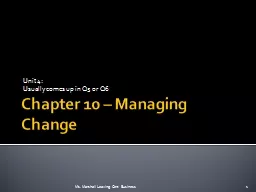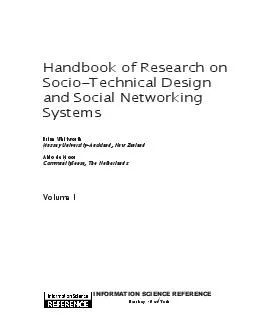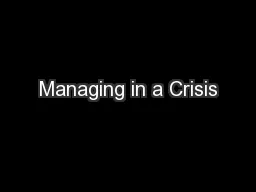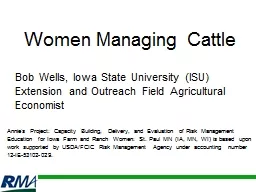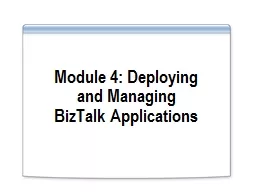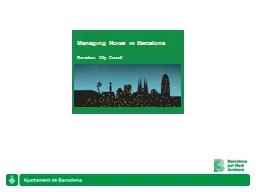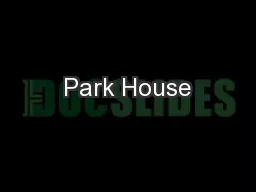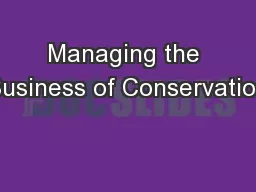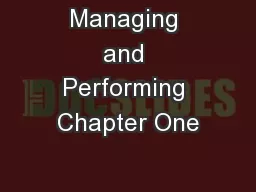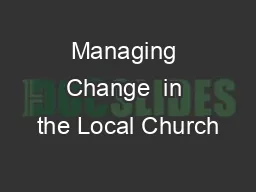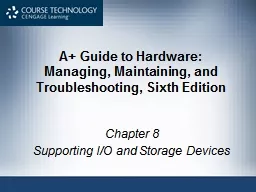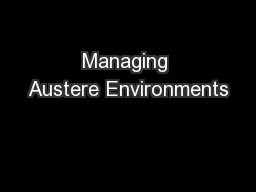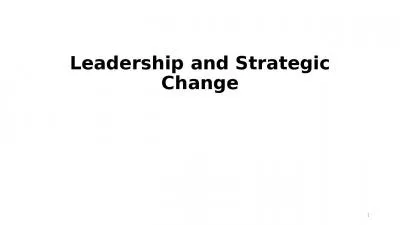PPT-Chapter 10 – Managing Change
Author : stefany-barnette | Published Date : 2017-12-02
Unit 4 Usually comes up in Q5 or Q6 1 Ms Marshall Leaving Cert Business Syllabus Outcomes By the end of this chapter you should be able to Explain the changing
Presentation Embed Code
Download Presentation
Download Presentation The PPT/PDF document "Chapter 10 – Managing Change" is the property of its rightful owner. Permission is granted to download and print the materials on this website for personal, non-commercial use only, and to display it on your personal computer provided you do not modify the materials and that you retain all copyright notices contained in the materials. By downloading content from our website, you accept the terms of this agreement.
Chapter 10 – Managing Change: Transcript
Download Rules Of Document
"Chapter 10 – Managing Change"The content belongs to its owner. You may download and print it for personal use, without modification, and keep all copyright notices. By downloading, you agree to these terms.
Related Documents

